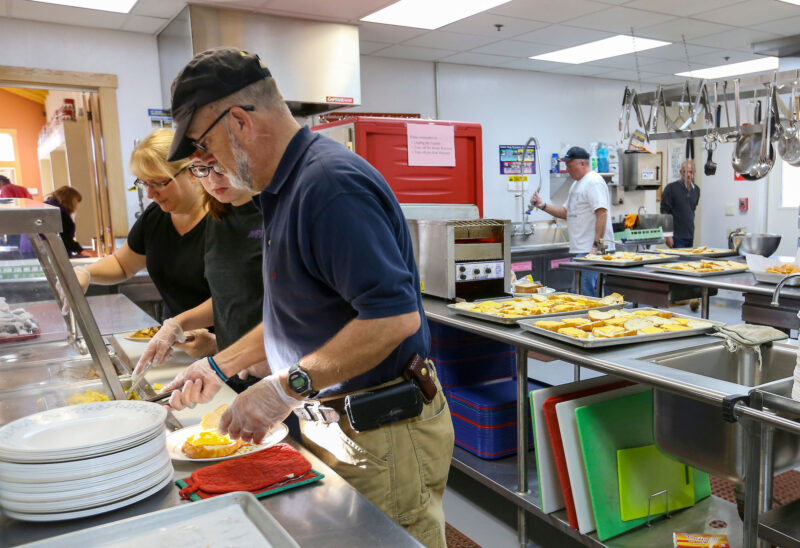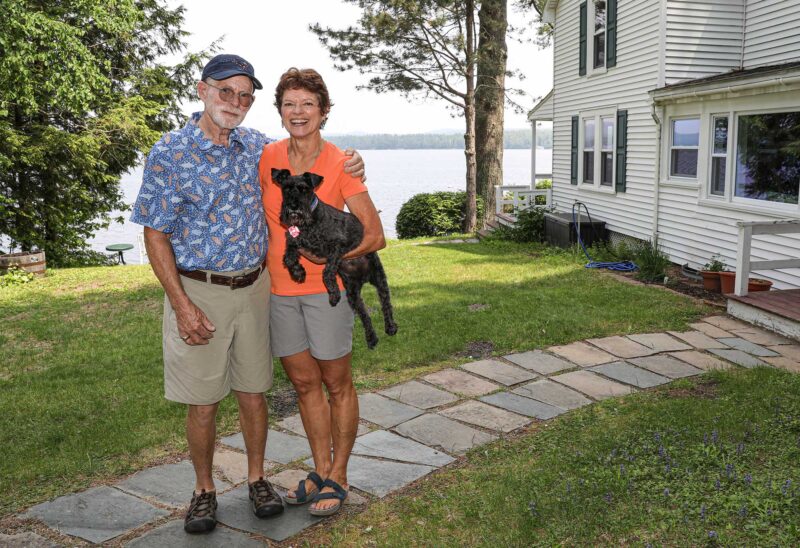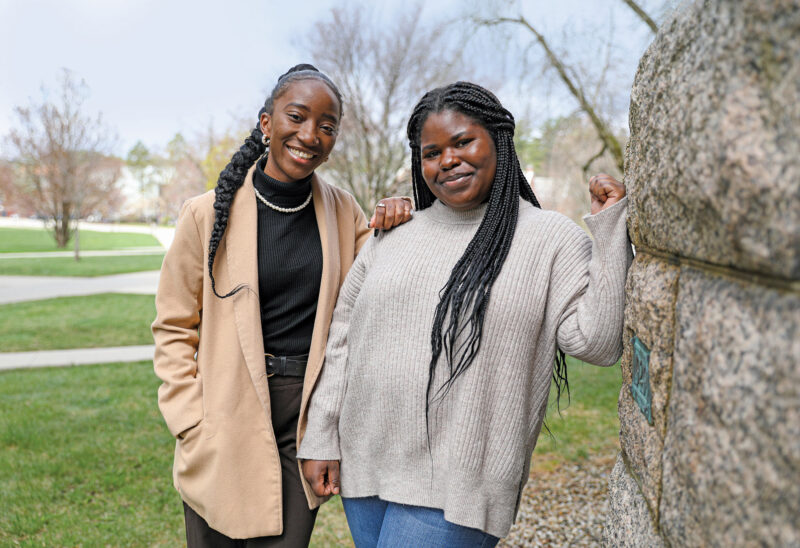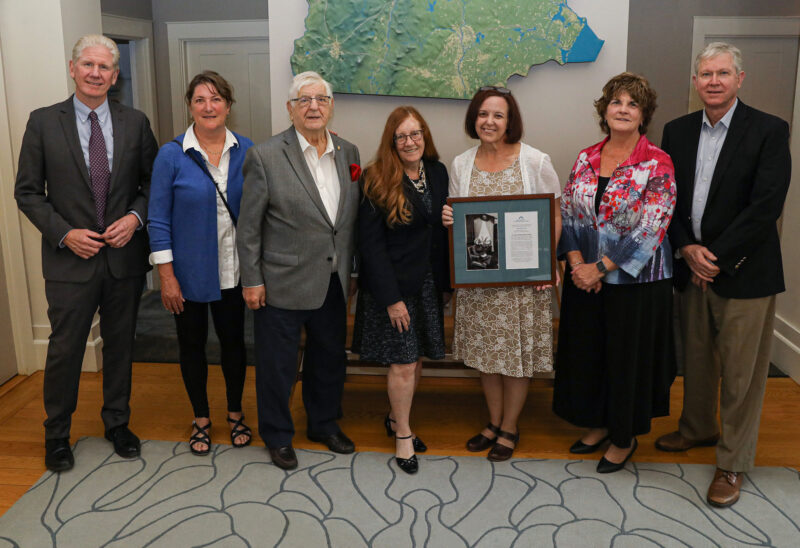Amy Sandback of Rindge had two goals: She wanted to preserve a large tract of land that her family loved, and she wanted to give to charity.
Through a unique series of partnerships and some creative planning, she was able to do both.
The land rises above Lake Monomonac in Rindge, bony and wooded. It is home to vernal pools in spring, a rare black gum swamp, shady rooms of hemlock, stands of sugar maple, yellow birch, beech, black birch, and red oak. Its inhabitants: amphibians, bear, deer, porcupine, songbirds. The land abuts state forest land in Massachusetts, making it part of a 2,750-acre tract of contiguous forest land, critical for wildlife habitat.
Fred Sandback loved to walk here, in the trail-less wild space near where his family had kept a home since the 1870s.
“I was concerned that the piece be forever wild,” Amy Sandback said. “And when my husband died five years ago, I spoke to my son and asked if he would agree to give the land away as a wild place. We both felt it was a fitting way to honor Fred … that’s when I began to think of how best to do that.”
The Rindge Conservation Commission and the Monadnock Conservancy got involved in Amy’s plan to conserve her 224 acres, which had been identified by the Town of Rindge as among the most important in the area for conservation. First, Amy donated conservation easements on the land to the Monadnock Conservancy, the nonprofit land trust that serves the region. Conservation easements are attached to a deed, and ensure that land remains undeveloped.
Then, Amy gave a 90-acre parcel to the Town of Rindge.
For the balance of the land, Ryan Owens of the Monadnock Conservancy suggested a partnership with the New Hampshire Charitable Foundation that would help Amy achieve all of her goals.
Here’s how it worked: Amy gave 134 acres to the New Hampshire Charitable Foundation, including one six-acre building lot for a single home. The parcel was sold, and proceeds from the sale benefit a wide range of charitable purposes.
“The ‘forever protection’ we could achieve through a conservation easement,” Owens said. “But the idea of making this project have an even greater philanthropic good through the potential resale,” Owens said, was where the Charitable Foundation came in.
Sandback created three funds at the Charitable Foundation — one designated for the Monadnock Conservancy, the MacDowell Colony and the Town of Rindge Conservation Commission; a “field-of-interest” fund for social services in the Monadnock region; and an unrestricted fund for statewide grantmaking. Grants have gone to a range of services — from a homeless shelter to food pantry, domestic violence prevention program and more.
“The other good reason that the Charitable Foundation made a good match is that Amy has a lot of different philanthropic interests,” Owens said.
Amy Sandback liked the suggestion. “I wanted someone who would handle the sale and would be able to take care of the money generated [by the sale] that would be available for both conservation and for maintaining the property,” Sandback said.
The land has remained in essentially the state it was in when it was sold. The new owner chose not to build on the property, and the Monadnock Conservancy has maintained a set of unobtrusive walking trails for people to enjoy.
“If she gave us the land, that money [from the sale] would just be ours. But with the sale by the Charitable Foundation, she can set up guidelines so that some of the profits from the sale benefit the arts, or the town, or as many different permutations as she wants. It’s a great way to take advantage of an organization’s strength… and achieve all the objectives of the landowner.”
Cindy Worthen and Denis Robinson, attorneys with Pierce Atwood, LLP in Portsmouth, helped Amy Sandback structure the project.
Worthen had helped clients with conservation easements before, but never with a project quite like this one.
“It was an unusual [project],” she said. “Because the conservation piece was so important to her, it became a series of steps that had to line up on a timeline.”
“Something like this is an excellent way for an individual to accomplish a whole series of goals,” Worthen said. They “can take care of their own tax issues, benefit the community in which they live, and charities in the state in which they live. It’s a win-win-win situation —everyone benefits, and there really isn’t a downside…A lot of tax planning has a downside,” Worthen said. “This one really doesn’t.”
Owens said that the Charitable Foundation was “very efficient” in moving the project forward.
The Foundation has worked with other generous families and individuals to convert real estate assets into philanthropic resources while also conserving open space.
Owens said that he has told conservation colleagues in other parts of the country about the project, encouraging them to consider partnerships with their local community foundations.
Amy Sandback is pleased that the land her husband loved will stay as he knew it.
“My husband and I loved our walks, and it makes me feel happy that other people will have the same pleasure. It’s beautiful,” she said. “It’s just really a beautiful part of the world.”
A version of this article originally appeared in the Winter, 2009 edition of the Charitable Foundation’s SmartGiving newsletter.

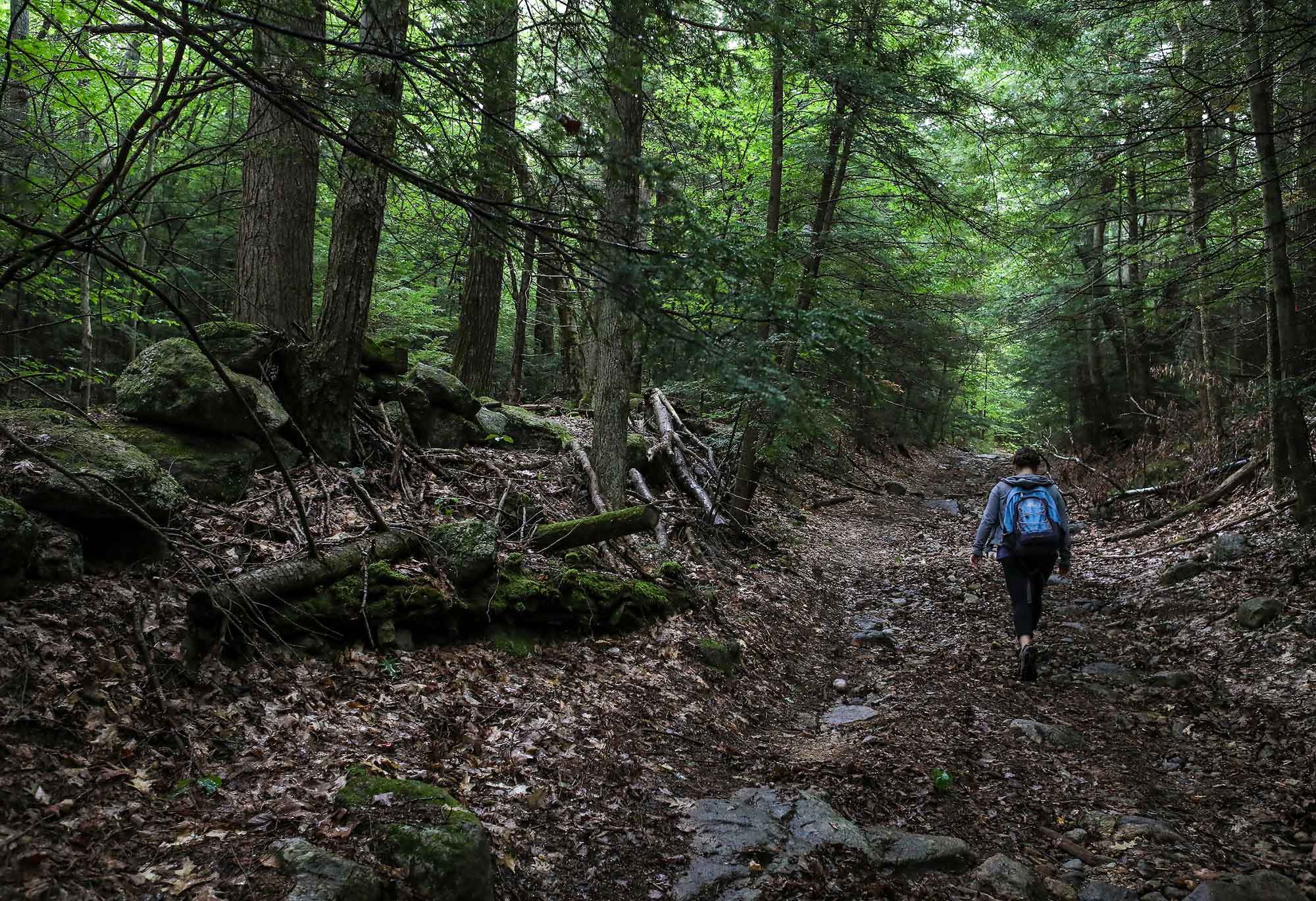






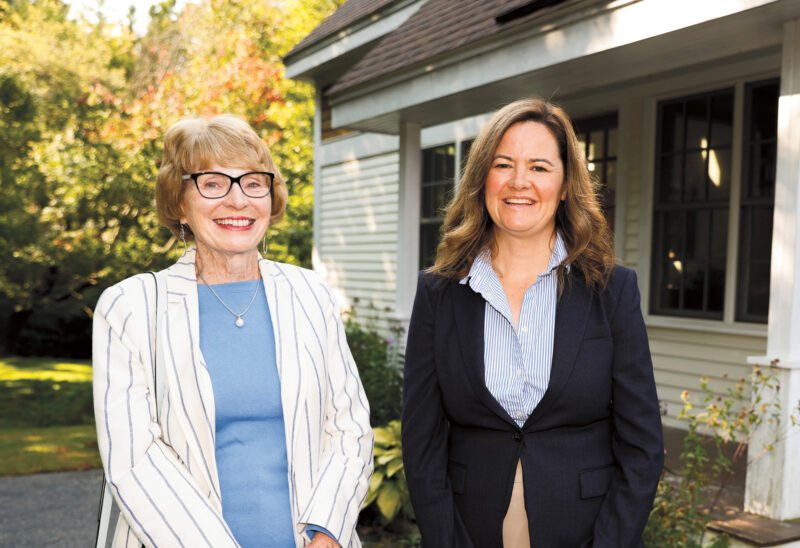
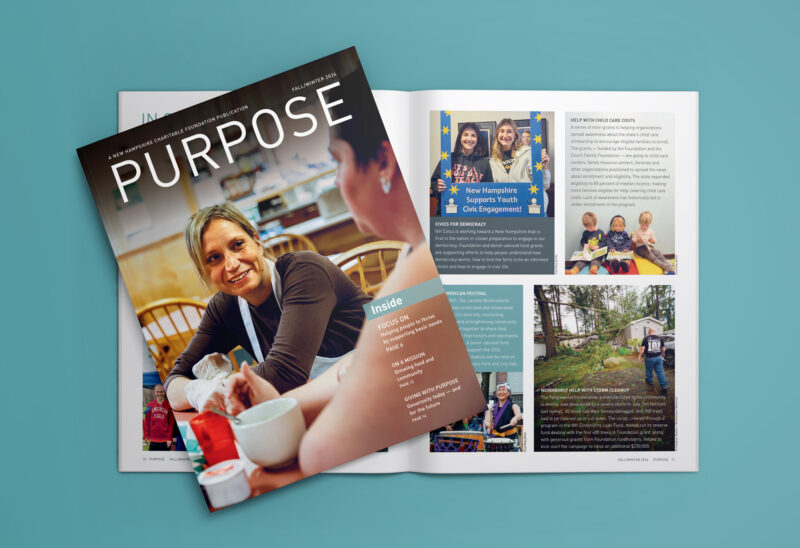
![Oluwakemi Olokunboyo of Dover received a McNabb scholarship to study nursing at Great Bay Community College [Photo by Cheryl Senter]](https://www.nhcf.org/wp-content/uploads/2024/05/Scholarship-Hero-800x548.jpg)
![Indrika Arnold, Senior Wealth Advisor, the Colony Group [Photo by Cheryl Senter]](https://www.nhcf.org/wp-content/uploads/2024/05/Indrika-Arnold-Hero-800x534.jpg)
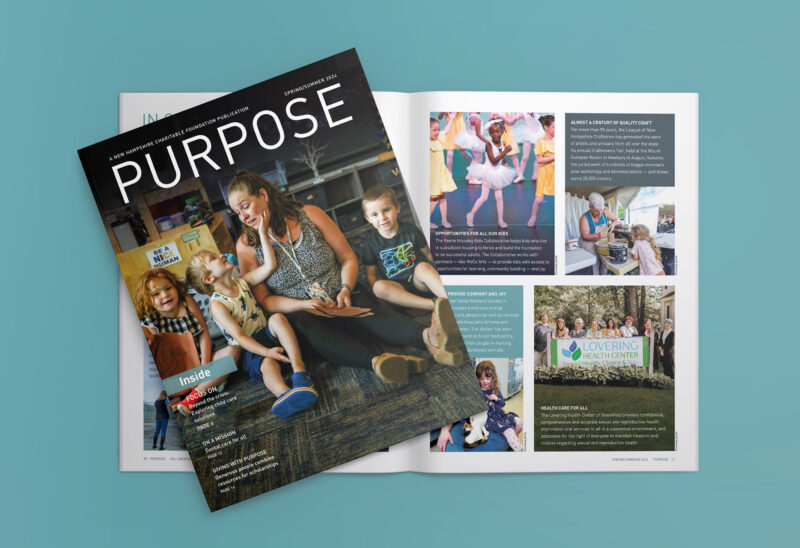
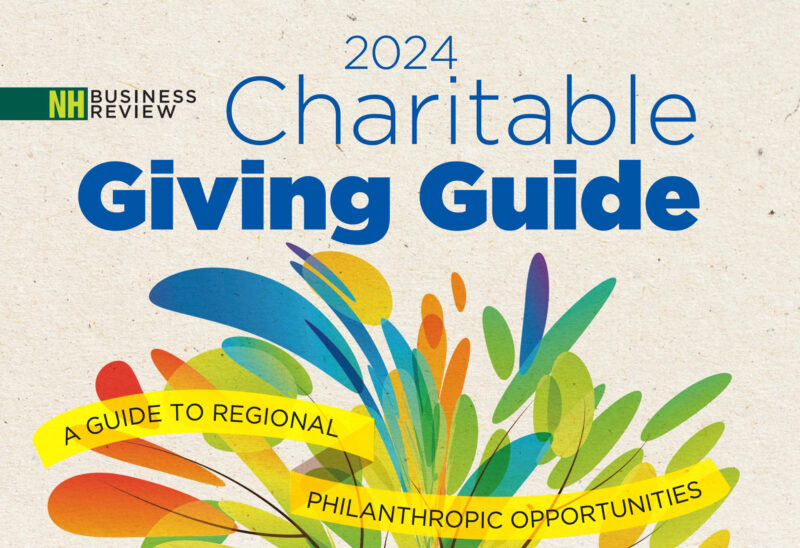
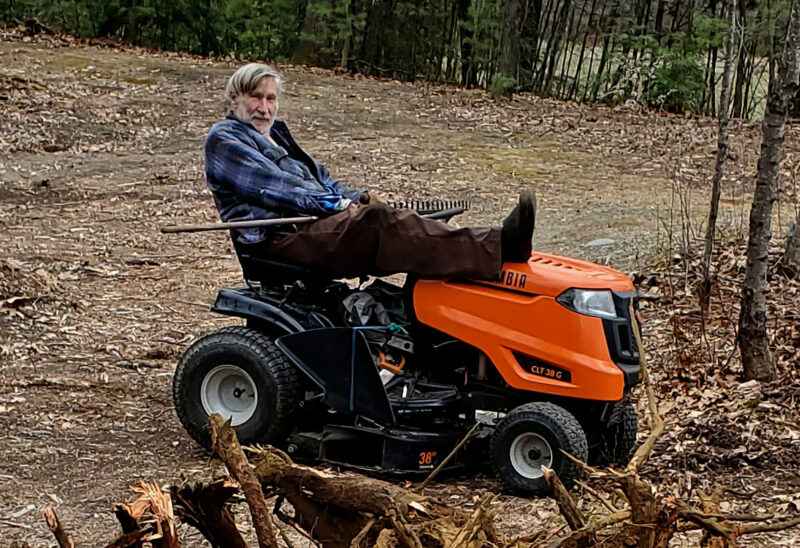
![Charitable Foundation President Dick Ober [Photo by Cheryl Senter]](https://www.nhcf.org/wp-content/uploads/2023/12/dick-ober-purpose-fall-winter-2023-800x548.jpg)
